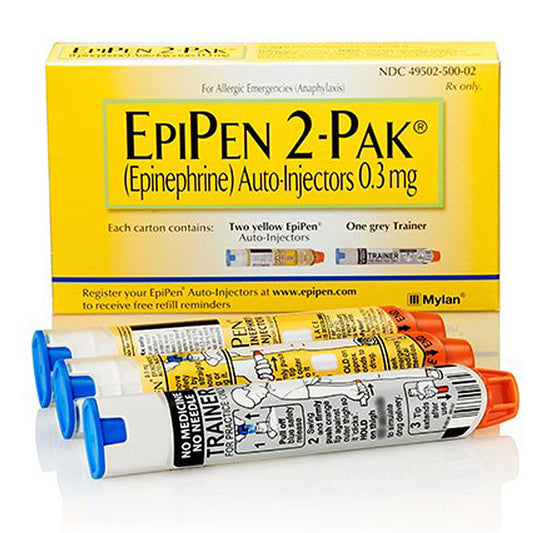
How to Treat a Puncture Wound
William BeauregardShare
Puncture wounds can be a common injury, occurring when a pointed object, such as a nail, splinter, or thorn, pierces the skin. While they may seem minor, puncture wounds can be serious and potentially lead to infection or other complications if not treated properly. In this blog post, we will discuss the steps for treating a puncture wound.
Step 1: Stop the Bleeding If the puncture wound is bleeding, apply pressure with a clean cloth or bandage to help stop the bleeding. If the bleeding does not stop after 10-15 minutes, seek medical attention.
Step 2: Clean the Wound Once the bleeding has stopped, wash the area around the puncture wound with soap and warm water. Use a gentle soap to avoid irritation. Gently clean the wound with soap and water, taking care not to push any debris further into the wound. You may also use an antiseptic solution such as hydrogen peroxide or iodine to clean the wound.
Step 3: Remove any Debris If there is any debris, such as dirt or splinters, in the wound, use sterilized tweezers to remove it. Be gentle and do not dig too deep as this can push debris further into the wound.
Step 4: Apply an Antibiotic Ointment After cleaning the wound, apply an antibiotic ointment to the area. This will help to prevent infection and promote healing. Be sure to cover the wound with a sterile bandage.
Step 5: Monitor the Wound Keep an eye on the puncture wound for signs of infection, such as redness, swelling, or discharge. If you notice any of these symptoms, seek medical attention.
Step 6: Get a Tetanus Shot If the puncture wound is deep or caused by a dirty object, you may need a tetanus shot. Tetanus is a serious bacterial infection that can be fatal. If you are not up to date on your tetanus vaccine, you should get a booster shot.
In conclusion, puncture wounds should be taken seriously and treated promptly to avoid infection or other complications. Remember to clean the wound, remove any debris, apply an antibiotic ointment, and monitor the wound for signs of infection. If the wound is deep or caused by a dirty object, seek medical attention and consider getting a tetanus shot.



